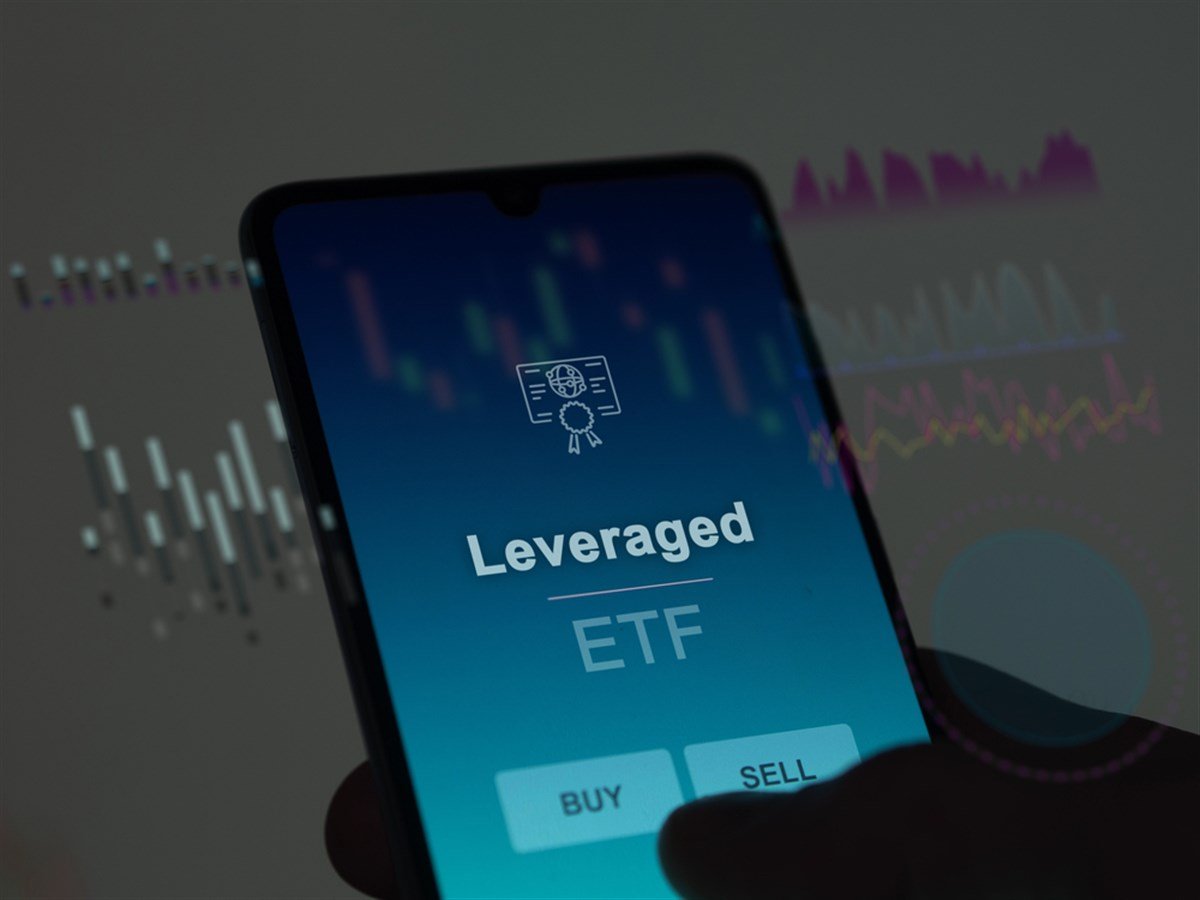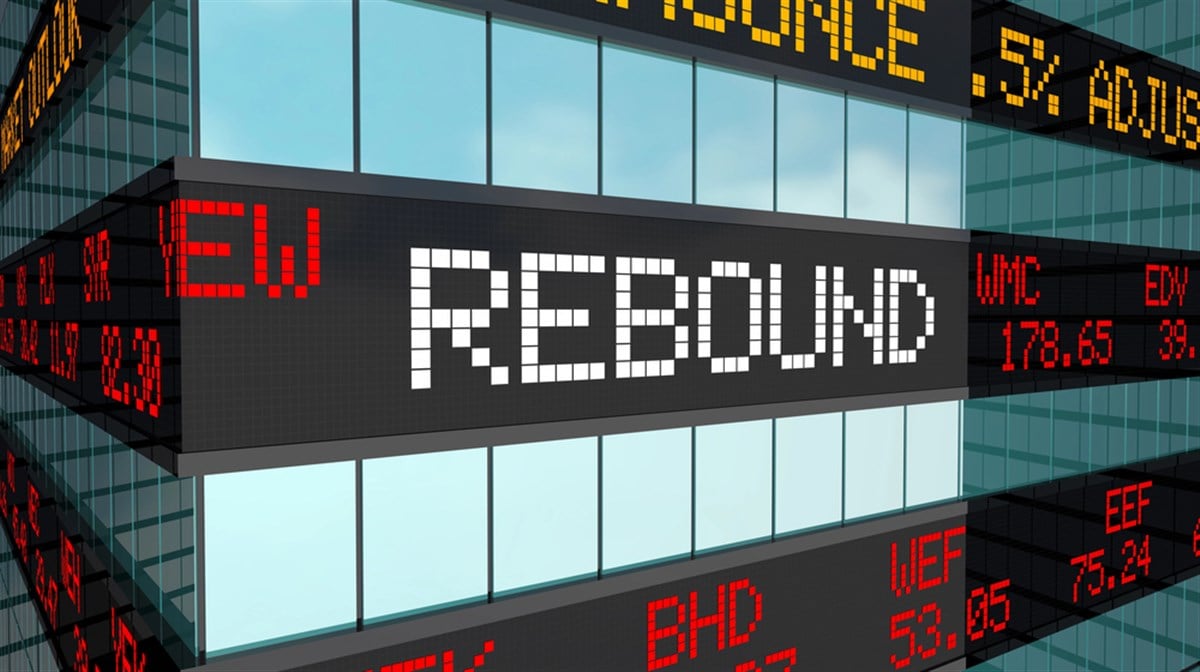How Much Risk Is Too Much? Here Come 5X Leveraged ETFs

Since making their debut in U.S. markets in 2006, leveraged exchange-traded funds (ETFs) have provided active traders and professional investors a means of maximizing their short-term strategies.
That June, ProShares debuted the first 2x long ETFs for exposure to major indices. Then in July, the firm rolled out four inverse ETFs that provided 2x short exposure, in turn providing an alternative to traders looking to short or buy put options.
Over the past 19 years, the popularity of these investment vehicles has exploded, with the market now featuring 3x leveraged funds and single-stock leveraged ETFs.
But earlier this month, Volatility Shares Trust filed paperwork with the U.S. Securities and Exchange Commission (SEC) for 27 new highly leveraged ETFs, including what would be the first-ever 5x leveraged ETF in the U.S. market.
5x Leveraged ETFs: High Risk, High Reward
Leveraged ETFs are among the most heavily traded funds by daily average volume. That popularity has translated into around 900 leveraged products now available through U.S. exchanges.
However, while they now account for 33% of all new ETFs, according to Tom Bruni, head of markets and retail investor insights at StockTwits, because they are meant to be extremely short-term vehicles, they only represent 1% of the U.S. ETF industry’s $12 trillion in assets under management.
Volatility Shares’ SEC filings reflect that popularity, and the firm could not have timed it better. Amid heightened market volatility this month, the CBOE Volatility Index (VIX) surged more than 55% from Oct. 1 to Oct. 16. Since then, the VIX has fallen by more than 26%, demonstrating the exact conditions that can make or break traders’ leveraged ETF positions.
Currently, the SEC only allows single-stock ETFs to provide 2x exposure. If Volatility Shares’ filings are approved, traders would be able to enter positions seeking to quintuple the daily return of a handful of underlying stocks.
According to its filings, those stocks would include tech behemoths such as NVIDIA (NASDAQ: NVDA), Tesla (NASDAQ: TSLA), and Amazon (NASDAQ: AMZN), in addition to AI darling Palantir (NASDAQ: PLTR) and fabless microchip designer Advanced Micro Devices (NASDAQ: AMD).
Volatility Shares also filed for ETFs that would provide leveraged exposure to Coinbase Global (NASDAQ: COIN) and enterprise analytics and mobility software provider Strategy (NASDAQ: MSTR)—formerly known as Microstrategy—which holds a Bitcoin (BTC) treasury valued at more than $33 billion.
Additionally, the company filed for a 3x leveraged ETF for the SPDR Gold Shares (NYSEARCA: GLD), which, if approved, will allow investors to make big bets on gold’s performance.
Concerns About Amplifying Sell-Offs Persist
Despite Volatility Shares filing for the 27 potential ETFs between Oct. 14 and Oct. 21, the SEC is not currently reviewing new filings due to the ongoing federal government shutdown. However, if approved, the company has proposed that the ETFs would be effective 75 days after their submission.
If they are approved by the regulatory body, critics point to how leveraged products already have the ability to compound losses from a potential market pullback or correction, and an accompanying sell-off. With 5x leveraged ETFs on the market, those conditions could be exacerbated.
Last week, Reuters cited a JPMorgan report that estimated that around $26 billion of leveraged ETF selling on Friday, Oct. 10, worsened the market’s sell-off amid President Trump's renewed trade war talk about China.
While the SEC may be inactive due to the current shutdown, that does not mean these ETFs will not be approved upon government resuming business activity. Bryan Amour, Morningstar’s director of ETF and passive strategies research for North America, told Business Insider that these leveraged ETFs’ is probable given the commission’s recent track record.
“I think they stand a chance,” he said, adding that “this is testing the limits of the SEC's more accommodative policy under the new administration."
Leveraged ETF Buyer Beware
Popularity alone does not warrant the use of leveraged ETFs for everyday investors. In the thick of the pandemic, crypto and day trading also became enormously popular. But many undereducated investors looking to make money off of the market’s seemingly inevitable rise learned hard lessons when alt coins and meme stocks came crashing back down to Earth.
Now imagine if those losses were compounded by 5x leverage.
For those looking to incorporate highly leveraged ETFs into their strategies, understanding their role as mechanisms for extremely short-term trades is essential.
That’s due to volatility decay. Leveraged ETFs reset exposure to their underlying indices—or in the case of Volatility Shares, underlying individual stocks—on a daily basis in order to maintain their leverage ratios.
Therefore, the performance of these funds is isolated to one trading session’s returns, unlike the long-term performance of an index fund, for instance.
The SEC will have the final say, and that will not happen until the government resumes services. But if the agency does approve Volatility Shares’ first-ever 5x leverage ETF, take a hard look at your risk tolerance before jumping in.



